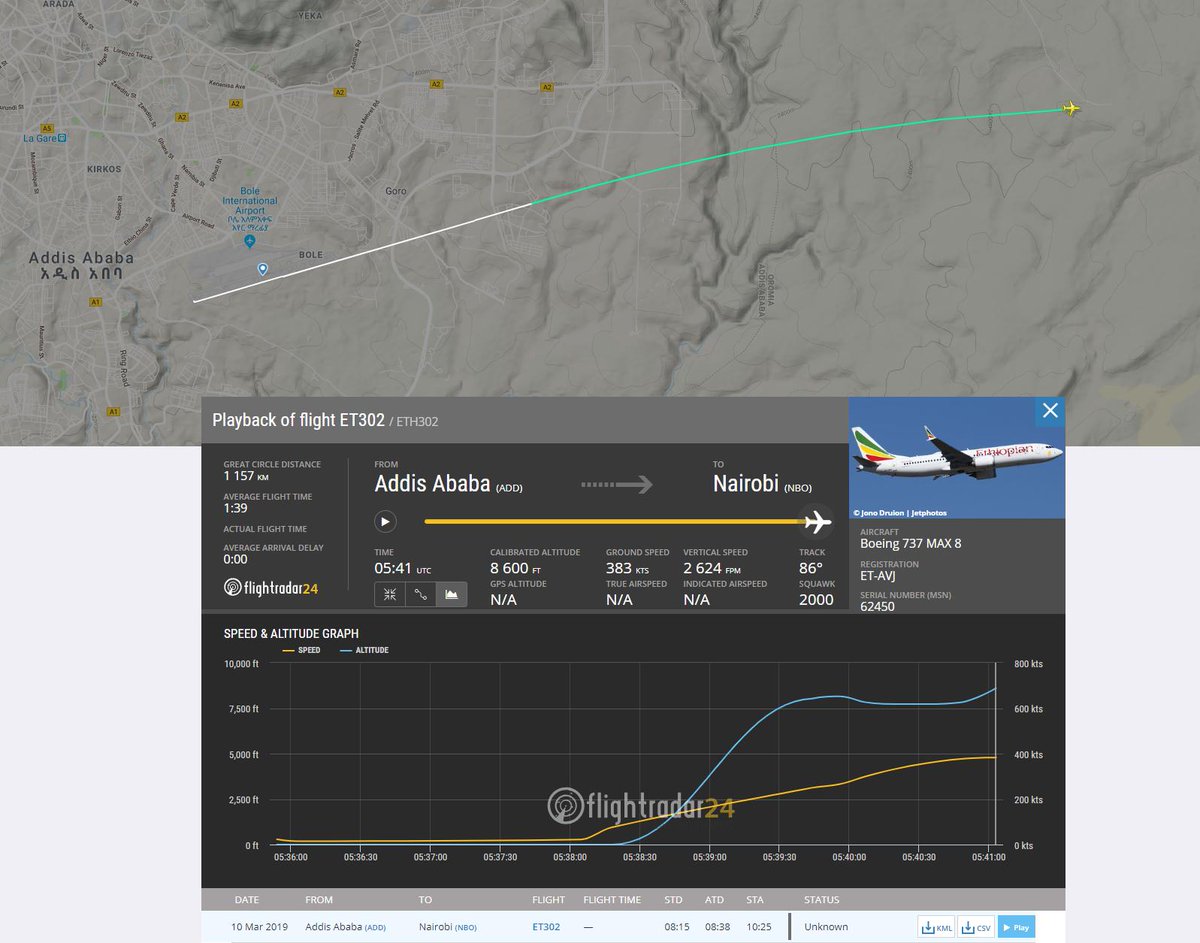

As of 2021, Flightradar24 has the largest ADS-B network in the world with over 20,000 connected receivers. ADS-B signals can also be received and uploaded by a low-cost Software-defined radio. Typical ADS-B receivers include Kinetic Avionic's SBS-1 and AirNav-systems's AirNav and these receivers are run by volunteers, mostly aviation enthusiasts. Airbus aircraft are ADS-B equipped but Boeing 707, 717, 727, 737-200, 747-100, 747-200, 747SP do not come equipped and are not generally visible unless retrofitted by their operators. As of 2019, about 80% of aircraft in Europe are equipped with ADS-B and 60% in the US. The aircraft-based transponders use the GPS and other flight data input to transmit signals containing aircraft registration, position, altitude, velocity and other flight data. The principal source is a large number of ground-based ADS-B receivers, which collect data from any aircraft in their local area that are equipped with an ADS-B transponder and feed this data to the internet in real time.

Automatic dependent surveillance – broadcast (ADS-B).Tracking įlightradar24 aggregates data from six sources: In November 2015, The Guardian newspaper reported that Metrojet Flight 9268 en route to Saint Petersburg from Sharm el-Sheikh International Airport had broken up in the air based on information available from Flightradar24. Flightradar24 reported that its web traffic increased to around 50 times normal, which caused some access congestion to users. In 2014, it was used by multiple major news outlets following several high-profile crashes: the disappearance of Malaysia Airlines Flight 370, and in July 2014 after Malaysia Airlines Flight 17 was shot down over Ukraine, and in December when Indonesia AirAsia Flight 8501 went missing. The service received extensive exposure in 2010 when international media relied on it to describe the flight disruption over the north Atlantic and Europe caused by the Eyjafjallajökull volcano eruptions. Aircraft located using satellite data are coloured blue on the map, and yellow if located by terrestrial receivers. įrom 3 March 2020, ADS-B data collected by satellite was made available to all users. The service was opened in 2009, allowing anyone with a suitable ADS-B receiver to contribute data. The service was founded by two Swedish aviation enthusiasts in 2006 as and later Flygradar.nu for Northern and Central Europe.

The Guardian considers the site to be "authoritative". The service is available via a web page or mobile device apps. It aggregates data from multiple sources but, outside of the United States, mostly from crowdsourced information gathering by volunteers with ADS-B receivers, and from satellite-based ADS-B receivers. It can also show time-lapse replays of previous tracks and historical flight data by airline, aircraft, aircraft type, area or airport.

It includes flight tracking information, origins and destinations, flight numbers, aircraft types, positions, altitudes, headings and speeds. Flightradar24 is a Swedish internet-based service that shows real-time commercial aircraft flight tracking information on a map.


 0 kommentar(er)
0 kommentar(er)
